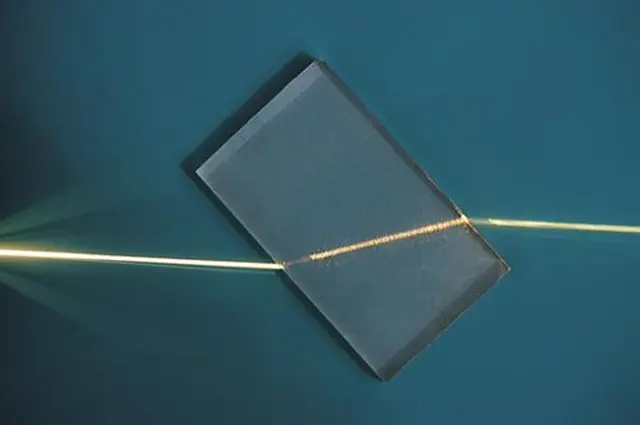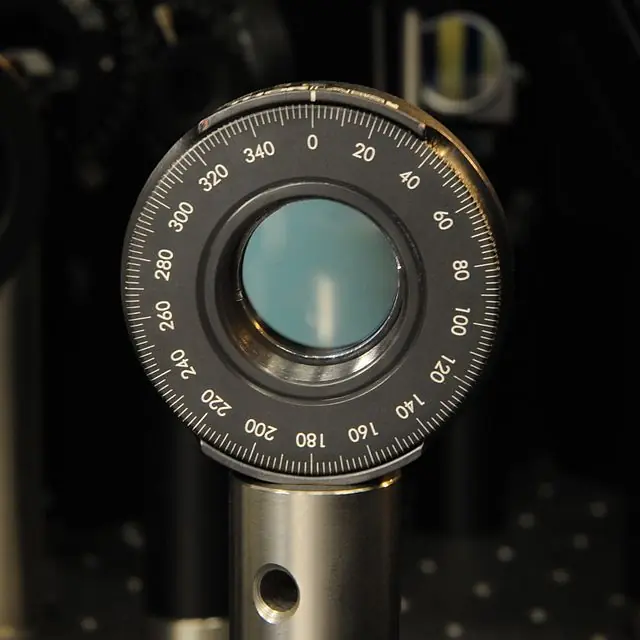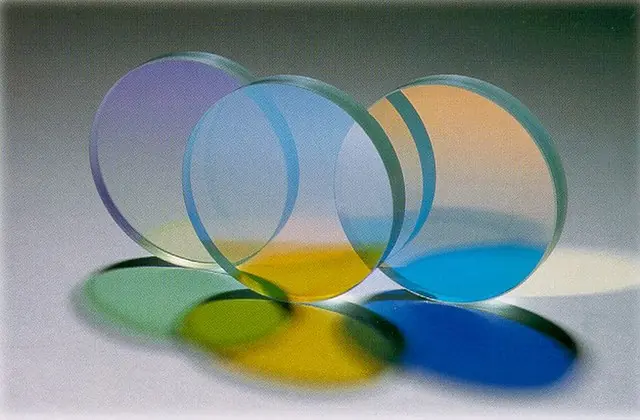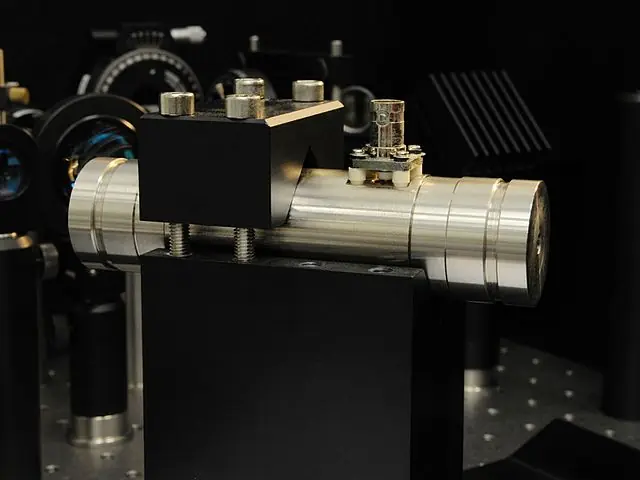Introduction to Gradient-Index Optics

Gradient-index (GRIN) optics are a type of optical technology that uses lenses or optical fibers with a refractive index that varies in a continuous and gradual manner. Unlike traditional lenses, which have a uniform refractive index throughout the lens material, GRIN lenses have a refractive index that decreases from the center to the outer edge. This gradual change in the refractive index allows the lens to bend light in a more efficient and compact way, making GRIN lenses an important technology for a variety of optical applications.
GRIN lenses were first developed in the early 20th century and have since been used in a variety of optical devices, including microscopes, telescopes, and laser systems. One of the key advantages of GRIN lenses is their ability to focus light into a small, tightly collimated beam. This makes them ideal for use in optical fibers, where they are used to transmit light over long distances with minimal loss of signal. GRIN lenses are also used in endoscopes, which are medical instruments used to view the interior of the body.
Another important application of GRIN lenses is in imaging systems, where they are used to create high-resolution images of small objects. In microscopes, GRIN lenses are used to magnify images of small objects, such as cells and tissues. In telescopes, GRIN lenses are used to capture light from distant stars and galaxies and focus it into a single point, allowing astronomers to make detailed observations of the universe.
GRIN lenses are typically made from materials such as glass, plastic, or silica, which have a high refractive index. The refractive index of a material is a measure of how much it bends light, and the higher the refractive index, the more the light is bent. To create a GRIN lens, the material is carefully structured so that the refractive index decreases from the center to the outer edge. This allows light to be focused more efficiently, resulting in a smaller, more compact lens.
In conclusion, GRIN optics are an important technology that has a wide range of applications in fields such as medicine, astronomy, and imaging. With its ability to focus light into a small, tightly collimated beam, GRIN lenses offer many advantages over traditional lenses and are an important tool for a variety of optical applications. As technology continues to advance, it is likely that GRIN optics will play an even larger role in our ability to capture and analyze light from the world around us.






